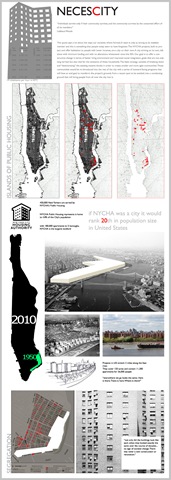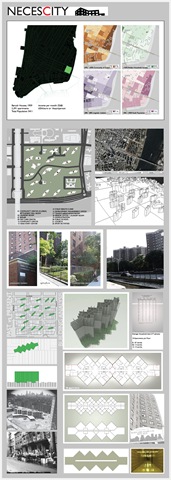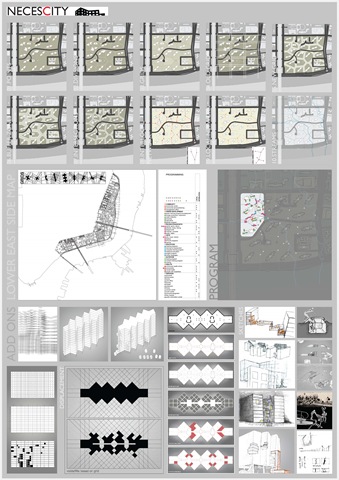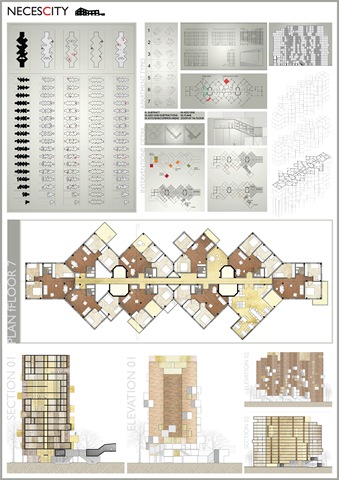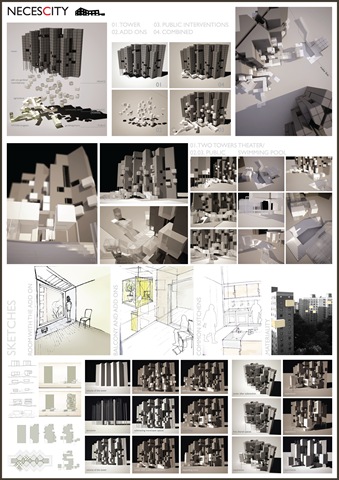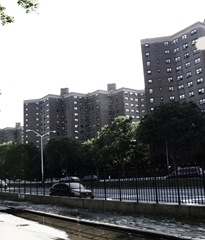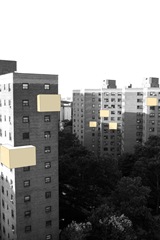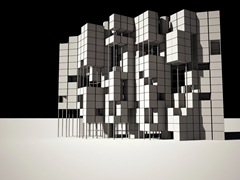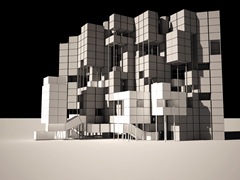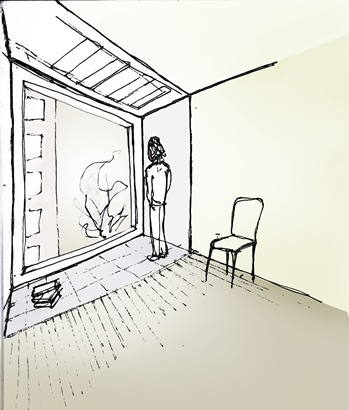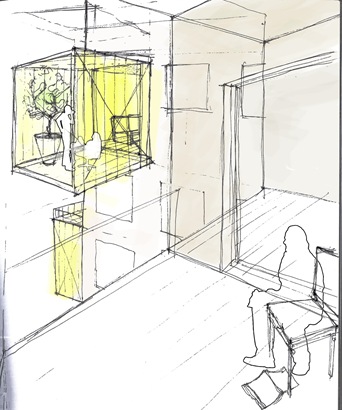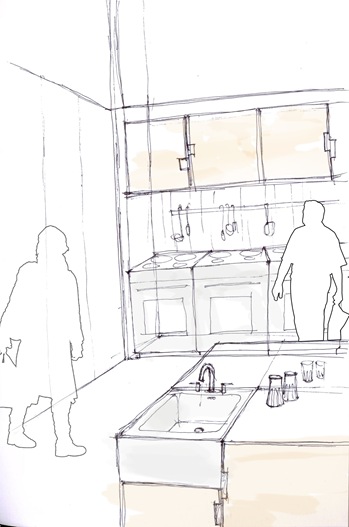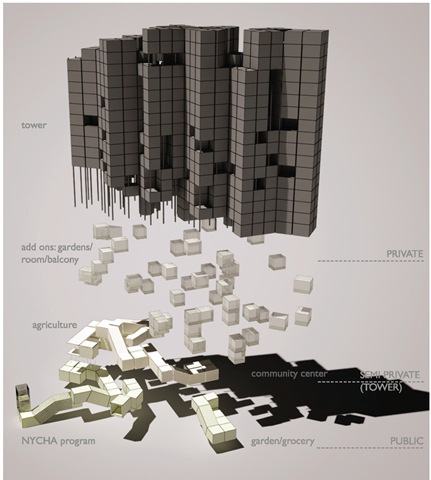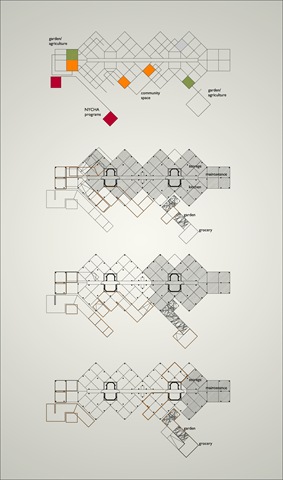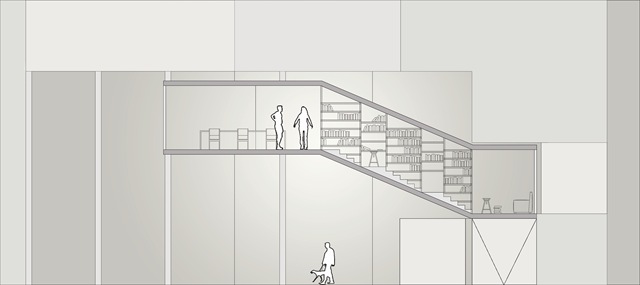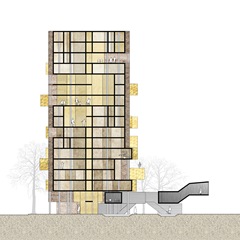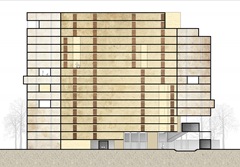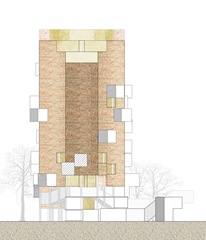“Individuals survive only if their community survives, and the community survives by the concerted effort of all its members.”
Lebbeus Woods
This quote says a lot about the ways our societies where formed. A team is only as strong as its weakest member and this is something that people today seem to have forgotten. The NYCHA projects, built to protect and offer habitation to people with lower incomes, are a city on their own. A city striving on its own, left alone with minimum funding and with no alterations whatsoever since the 50’s. Our goal is to offer a constructive change in terms of better living environment and improved social integration, goals that are not only long termed but also vital for the existence of these households. The basic strategy consists of breaking down and “deteriorating” the existing massive blocks in order to create smaller and more agile communities. Those communities would be re introduced into the rest of the city with a series of outward facing programs that will have an end goal to transform the project’s grounds from a vacant spot to be avoided, into a condensing ground that will bring people from all over the city into it.

